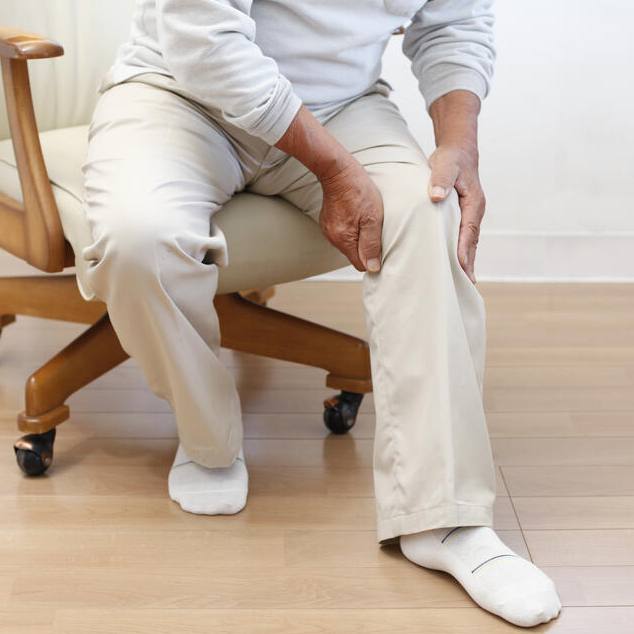-
Mayo Clinic Q and A: Bunion treatment and surgery

DEAR MAYO CLINIC: I developed bunions in my teens and they have grown over the years. Now I cannot wear shoes without some discomfort. Over the past few months, I've noticed throbbing from the bunion on my left foot, although the one on my right foot is fine. My friend who had a bunion surgery said the surgery is invasive, and I'm concerned since I am an active person. Is surgery the only treatment option?
ANSWER: A bunion is a bony bump that forms on the joint at the base of your big toe. It develops due to a shifting or repositioning of some of the bones in the front part of the foot, or the forefoot. When this happens, the big toe gets pulled toward the smaller toes and the forefoot widens. That's when you start to notice the bump.

It is estimated that up to 30% of the population will develop bunions. But not all bunions affect walking or ever require treatment. Some bunions do not cause any problems, while others trigger swelling, redness and soreness around the joint.
When a bunion becomes painful, or if it causes other bothersome symptoms, you should make an appointment to evaluate it. Typically, foot and ankle surgeons are best suited to assess a bunion and help you decide on the appropriate treatment. Depending on your situation, more conservative treatment ― or no treatment ― may be recommended before any surgical intervention.
During your visit, the provider should determine if the underlying cause of your foot pain is associated with your bunion. In some cases, it may be an internal problem, such as degenerative or inflammatory arthritis. In other cases, the pain could be from an external source, such as pressure from tight or ill-fitting shoes. Treatment recommendations may be based in part on what's causing the pain.
Nonsurgical treatment options, which usually are the first line of treatment for bunions, often include changing the type of shoes you wear. Roomy, comfortable shoes with plenty of space for your toes will take pressure off a bunion and may ease pain. Adding padded inserts to your shoes distributes pressure more evenly when you move your foot, and that can reduce pain, too.
You also can try bunion pads or braces to take pressure off the bunion. These pads are available without a prescription at most pharmacies and drug stores. However, the pain and deformity cannot be corrected permanently with pads or braces. Nonprescription pain relievers such as acetaminophen, ibuprofen or naproxen sodium may be useful, as well. In some cases, your surgeon might recommend a cortisone shot to reduce inflammation in the joint that could be triggering bunion pain.
If pain or inability to perform your usual activities continues despite these more conservative measures, surgery may be necessary. This surgery seeks to correct the foot deformity, increase function and hopefully reduce pain. The specific procedure used will depend on your situation.
You should see a foot and ankle surgeon to discuss surgical options. Previously, bunion surgery meant a large incision and a long recovery, including the potential to be in a cast for up to six weeks. Over the past few years, innovations in surgical technique, equipment, technology and philosophy have made a less invasive procedure possible, with possibly faster recovery. Today, many surgeries require an incision of less than one-half inch, and patients can put at least some weight on the foot and walk within a few days.
It is important to speak to your surgeon about the planned procedure, and review the expected outcome and healing timeline, along with the potential benefits, risks and complications of the surgery. A bunion may occur on just one foot or on both feet, and the severity, symptoms and progression can vary greatly from one foot to the other. Therefore, let your symptoms, and a discussion with your health care provider, guide you as to the best treatment. — Dr. Glenn Shi, Orthopedic Surgery, Mayo Clinic, Jacksonville, Florida







